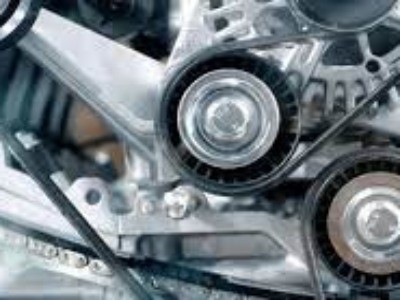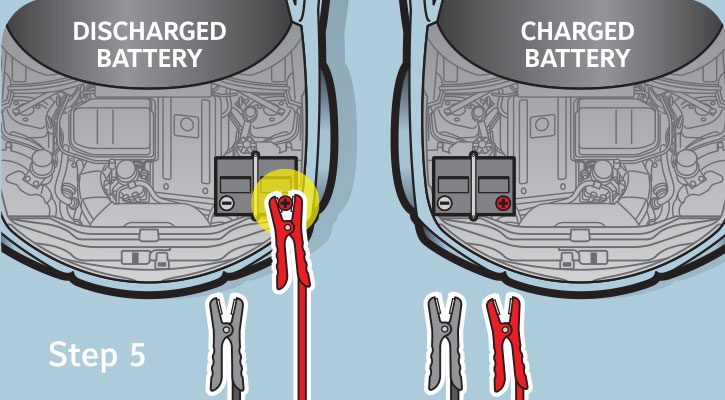The Significance of Timely Timing Belt Replacement
Timely timing belt replacement is crucial to prevent engine damage and maintain peak performance. Neglecting this maintenance can lead to costly repairs and even engine failure.
Your vehicle’s timing belt plays a vital role in keeping the engine running smoothly and efficiently. Over time, the belt wears down, making timely replacement essential. Understanding the significance of timing belt replacement can save you from potential headaches down the road.
Regularly replacing your timing belt at the manufacturer’s recommended intervals ensures that your engine continues to operate optimally, extending your vehicle’s lifespan and avoiding expensive repairs. It’s a small price to pay for the peace of mind and the longevity of your vehicle.

Credit: autoexpertzrepair.com
Why Timing Belt Replacement Is Crucial
Timely replacement ensures engine longevity and avoids costly repairs.
A properly functioning belt optimizes engine efficiency and performance.
Credit: medium.com
Warning Signs Of A Failing Timing Belt
If you own a vehicle with a timing belt, it’s crucial to understand the warning signs of a failing timing belt. Timely detection can prevent a potentially catastrophic engine failure and expensive repairs. By being aware of these warning signs, you can proactively address any issues and ensure the longevity of your engine.
Unusual Engine Noises
One of the first indications of a failing timing belt is unusual engine noises. If you hear a high pitched squeal, ticking, or tapping sound coming from the engine, it could signal a problem with the timing belt. These sounds should not be ignored, as they could be a precursor to a complete timing belt failure.
Visible Cracks On The Belt
Inspect the timing belt for visible cracks or wear. Over time, the rubber in the timing belt can degrade. Cracks and visible signs of wear on the belt are clear indicators that it needs a replacement. Regular visual inspections can help catch these warning signs early on, preventing further damage to the engine.
Engine Misfires
Another warning sign of a failing timing belt is engine misfires. When the timing belt starts to slip or lose teeth, the engine’s timing becomes disrupted, leading to misfires. If your vehicle experiences hesitation, stumbling, or poor performance, it’s important to have the timing belt checked.
Factors Affecting Timing Belt Lifespan
Factors affecting timing belt lifespan are crucial to understand for ensuring the proper functioning and longevity of your vehicle. Timely replacement of the timing belt is essential to prevent engine damage and maintain the overall performance of the vehicle. Several key factors play a significant role in determining the lifespan of a timing belt.
Mileage And Age Of The Belt
The mileage and age of a timing belt are critical factors in determining its lifespan. Over time, the rubber in the belt can degrade, leading to potential cracking and breakage. Manufacturers often recommend replacing the timing belt between 60,000 to 100,000 miles or every 5 to 7 years, depending on the vehicle model and make. Regular inspections are essential to assess the condition of the timing belt and determine if it is due for a replacement.
Quality Of The Timing Belt
The quality of the timing belt significantly impacts its lifespan. High-quality timing belts are constructed with durable materials that offer superior resistance to wear and tear. Opting for a reputable brand and ensuring the installation is performed by a certified technician can prolong the lifespan of the timing belt and minimize the risk of premature failure.
Driving Conditions
The driving conditions also play a role in the durability of the timing belt. Extreme temperatures, frequent stop-and-go driving, and heavy loads can expedite wear on the timing belt. Regular maintenance and adhering to the manufacturer’s recommended service intervals can mitigate the impact of harsh driving conditions on the timing belt.
The Consequences Of Ignoring Timing Belt Replacement
Ignoring the replacement of your timing belt can lead to serious consequences for your vehicle. The repercussions of neglecting this crucial maintenance aspect can result in costly repairs and potential safety hazards.
Bent Valves And Cylinder Head Damage
A worn-out timing belt can cause the valves to remain open when they should be closed, leading to potential contact with the pistons. This collision can result in bent valves and damage to the cylinder head, necessitating extensive repairs.
Engine Stalling And Inoperability
Without a functioning timing belt, the engine’s components cannot work together harmoniously, causing the engine to stall or become inoperable. This can leave you stranded and require costly repairs to get your vehicle back on the road.
Cost-effective Maintenance Tips For Timing Belt Longevity
A timing belt is a crucial component of an engine’s operation, ensuring the synchronization of its moving parts. Over time, however, wear and tear can cause the timing belt to deteriorate, leading to potential engine damage or failure. To avoid such costly consequences, it is vital to follow cost-effective maintenance tips for timing belt longevity. By implementing regular inspection and replacement schedules and using OEM & high-quality replacement belts, you can protect your engine and save money in the long run.
Regular Inspection And Replacement Schedule
Regularly inspecting your timing belt is the first step towards ensuring its longevity. By visually examining the belt for signs of cracking, fraying, or excessive slack, you can identify any potential issues early on. Additionally, it is essential to keep track of the belt’s mileage or recommended replacement interval provided by the manufacturer. Adhering to the recommended schedule will help prevent unexpected breakdowns and costly repairs. Furthermore, remember that it is always better to replace the timing belt a little earlier than risk it breaking while you’re on the road.
Using Oem & High-quality Replacement Belts
When it comes to replacement parts for your vehicle, using original equipment manufacturer (OEM) and high-quality timing belts is crucial. OEM belts are designed specifically for your engine, ensuring an exact fit and optimal performance. These belts are made to withstand the demands and stressors of your engine’s operation, providing enhanced durability and longevity. Similarly, opting for high-quality replacement belts from reputable manufacturers ensures reliability and can contribute to cost savings in the long term. Investing in OEM and high-quality replacement belts means you won’t have to worry about premature belt failure or engine damage due to subpar components.

Credit: eccppautoparts.com
Frequently Asked Questions For The Significance Of Timely Timing Belt Replacement
What Happens If Timing Belt Is Not Timed Correctly?
If a timing belt is not timed correctly, it can lead to serious engine damage. The valves and pistons may collide, causing bent valves, damaged cylinder heads, and even engine failure. It is crucial to ensure that the timing belt is properly aligned to avoid these costly issues.
How Important Is A Timing Belt Replacement?
A timing belt replacement is crucial for engine function, preventing costly repairs and breakdowns. It should be done according to manufacturer’s guidelines to ensure smooth operation.
What Is The Risk Of Not Changing Timing Belt?
Not changing the timing belt can lead to engine damage, breakdowns, and expensive repairs. It’s crucial to replace it according to the manufacturer’s recommendations to avoid these risks.
What Is The Significance Of The Timing Belt?
The timing belt synchronizes engine components, ensuring proper timing and operation. It plays a crucial role in engine function.
Conclusion
Ensuring timely timing belt replacement can prevent costly engine damage. Don’t delay maintenance; prioritize safety and efficiency. Stay ahead of potential issues by adhering to recommended replacement intervals. Trusting professional mechanics for this key task is essential. Keep your vehicle running smoothly with proactive belt maintenance.


